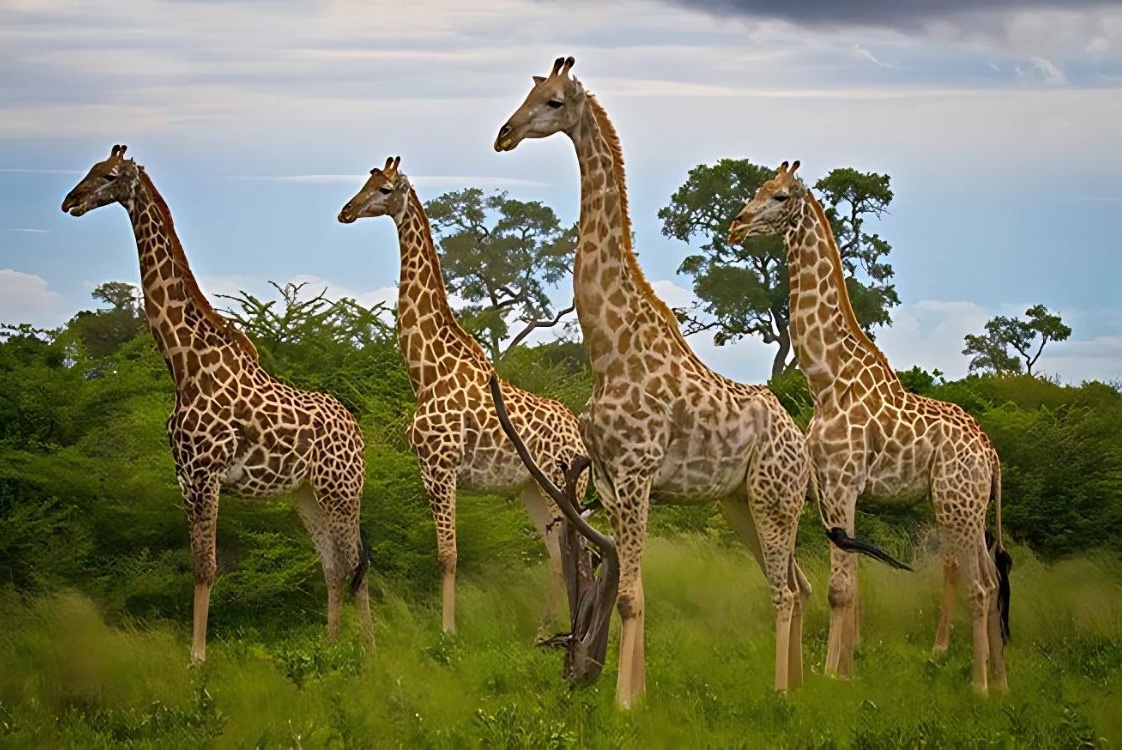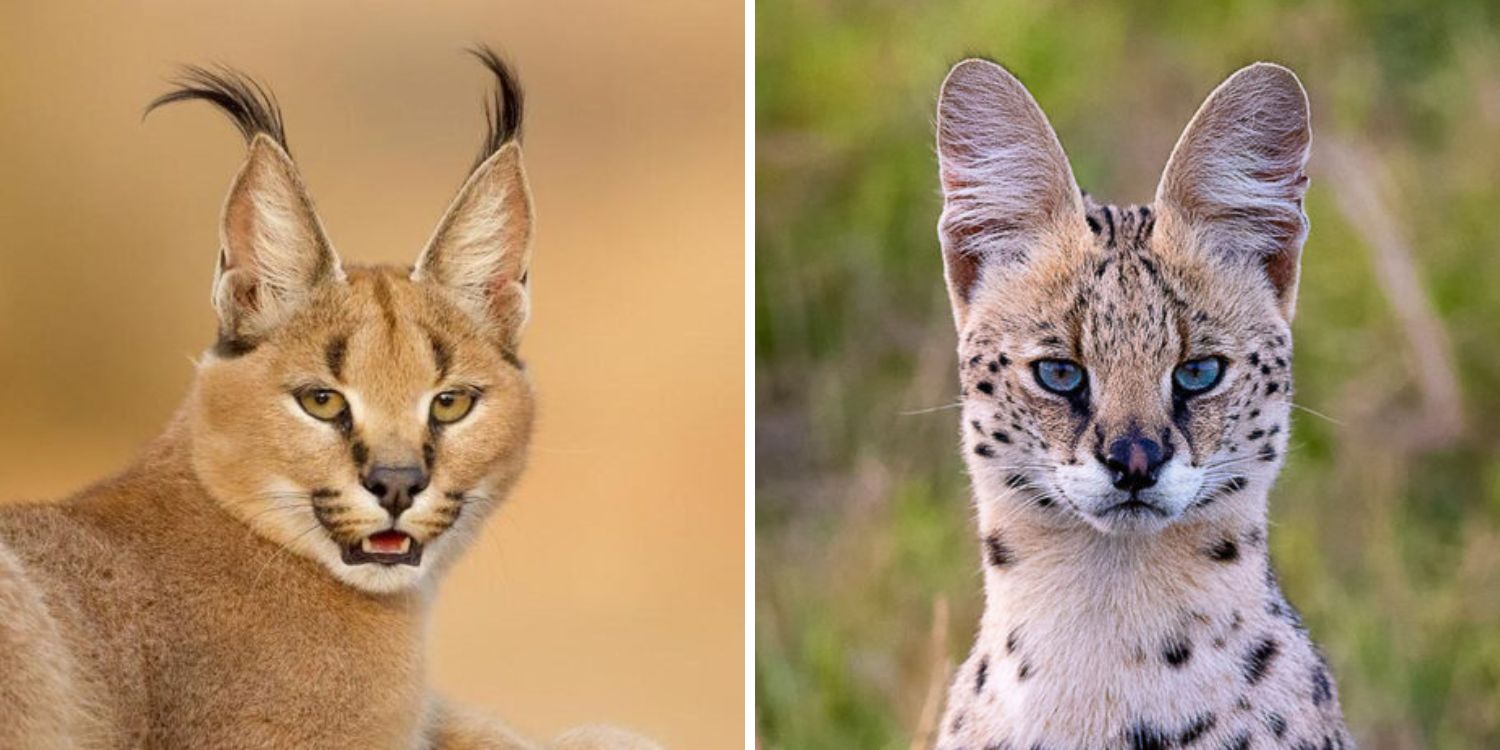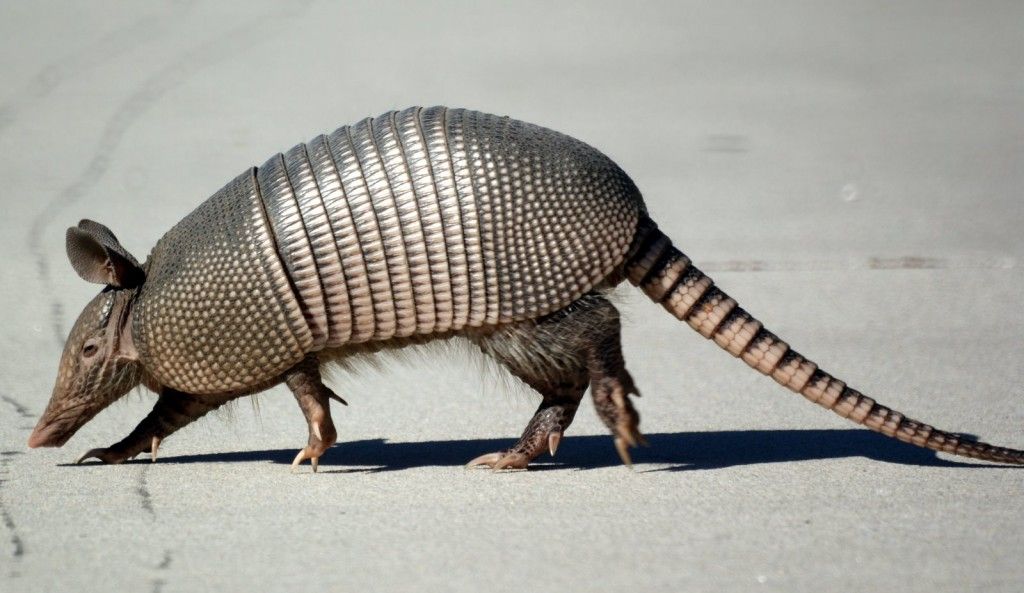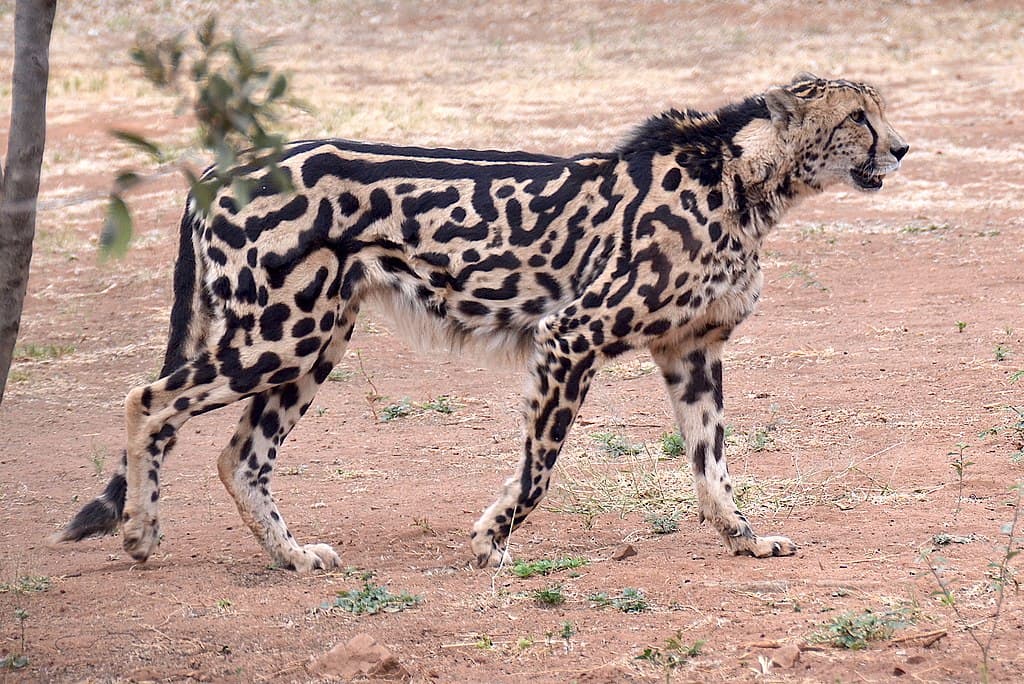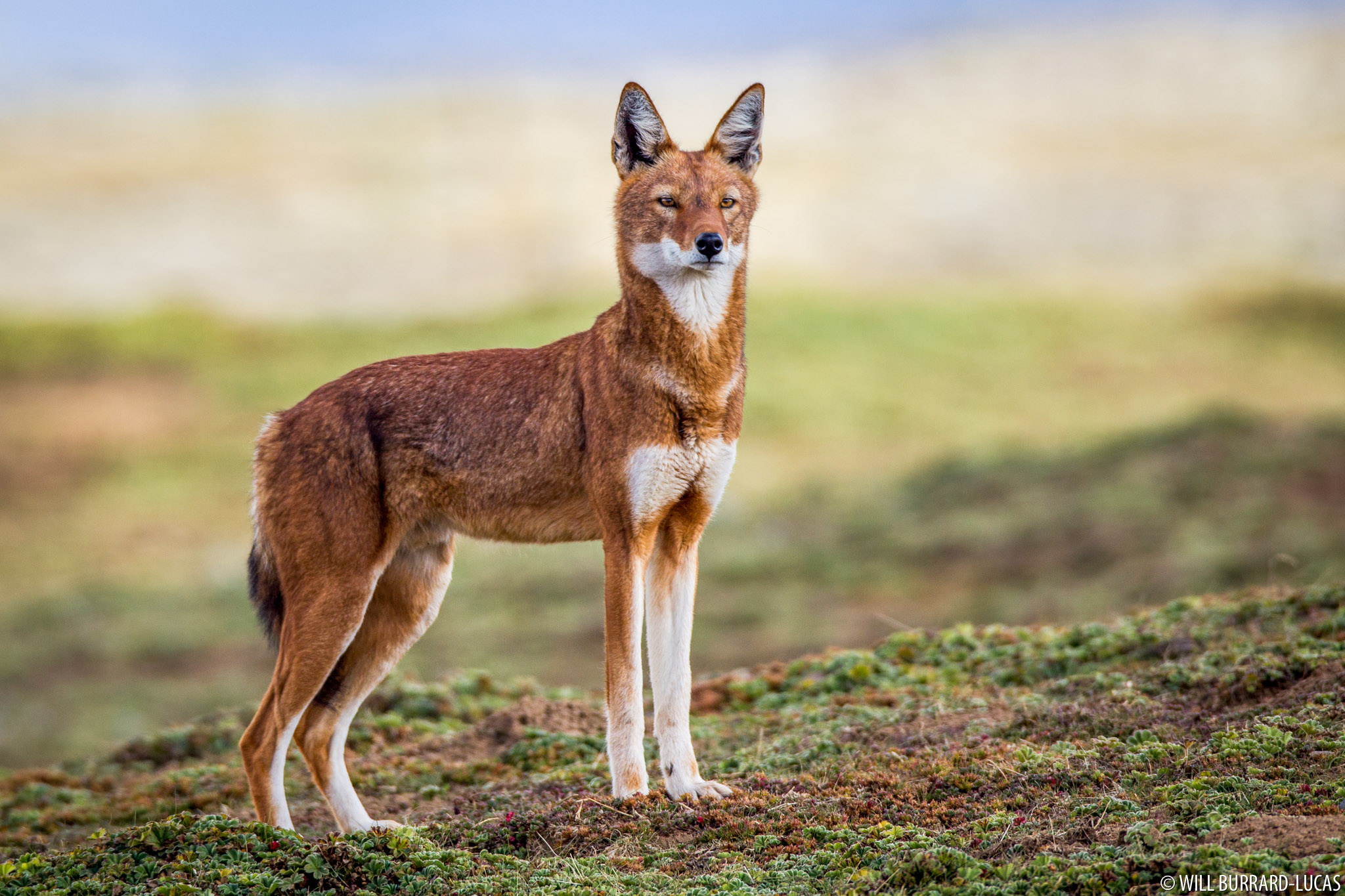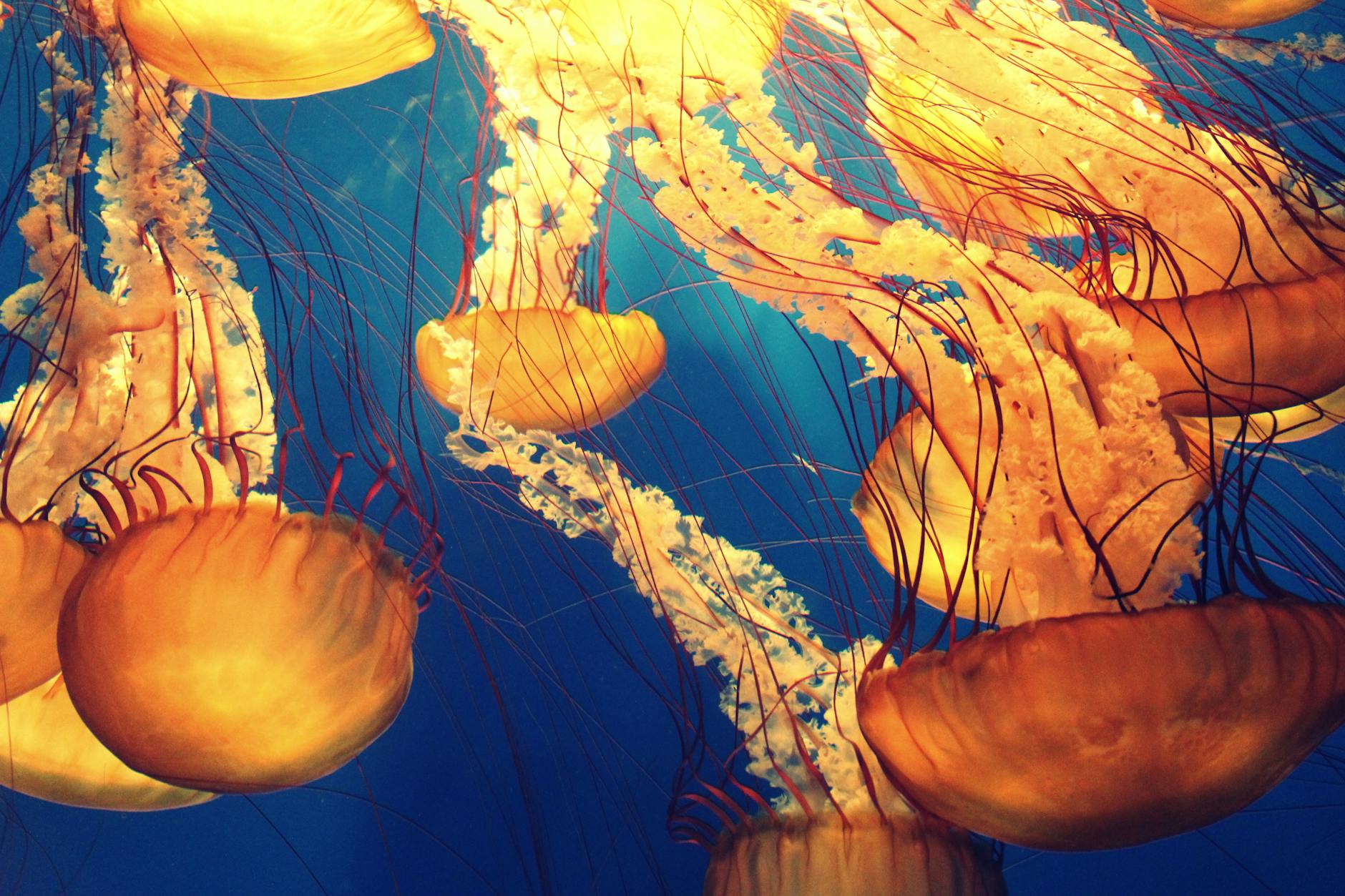
When people think of giraffes, they often imagine a single species wandering across Africa. But not all giraffes are the same—and among them, the Northern giraffe (Giraffa camelopardalis) is one of the rarest and most endangered.
Often overshadowed by its more populous cousins, the Northern giraffe deserves attention for both its unique traits and its urgent conservation needs.
Where Do Northern Giraffes Live?
The Northern giraffe was once widespread across North and Central Africa, but today it is found in fragmented populations in:
- South Sudan
- Ethiopia
- Chad
- Cameroon
- Western Kenya (in very small numbers)
This species includes several subspecies, including the Nubian giraffe, Kordofan giraffe, and West African giraffe, each with its own localized range and conservation challenges.
How to Identify a Northern Giraffe
Northern giraffes have light tan coats with sharp-edged, irregular patches that are less vine-like than those of the Masai giraffe. Their coloring can vary depending on region and subspecies, but they are generally lighter and more angular in pattern than other giraffes.
Some key features:
- Ossicones (horn-like structures) are prominent and sometimes have small knobs
- Generally smaller spots with more space between them
- A tall and lean build, though still reaching up to 17–18 feet in height
What Do Northern Giraffes Eat?
Like all giraffes, the Northern giraffe is a browser. It feeds mostly on leaves from trees like acacia, mimosa, and wild apricot. Its long, prehensile tongue allows it to strip leaves with ease—even from thorny branches.
Giraffes also play an ecological role by shaping the treetops, encouraging new growth, and dispersing seeds as they move across the savanna.
Social Structure and Behavior
Northern giraffes live in fluid herds, often composed of related females and their young. Males are more solitary or form bachelor groups. Social bonds are not fixed, and herds can shift from day to day.
Males engage in necking contests for dominance, but otherwise, these giraffes are peaceful, gentle creatures.
Conservation Status: Critically Endangered Subspecies
The overall population of Northern giraffes is estimated at fewer than 6,000 individuals, with some subspecies in serious peril:
- Nubian giraffe: Critically endangered
- Kordofan giraffe: Critically endangered
- West African giraffe: Endangered, but recovering in Niger
Major threats include:
- Habitat loss and fragmentation
- Poaching
- Civil unrest and conflict zones that make conservation difficult
Fortunately, there are success stories – like the West African giraffe, which has made a comeback in Niger thanks to local community protection and conservation support.
Why the Northern Giraffe Matters
The Northern giraffe represents not just a species—but an entire branch of the giraffe family tree at risk of vanishing. Preserving them is essential for maintaining Africa’s biodiversity and ensuring the survival of one of the planet’s most iconic animals.
Final Thought
The Northern giraffe may not be as well-known as other species, but it is no less majestic. These gentle, towering animals are in need of our attention and action. By raising awareness, supporting conservation, and protecting habitats, we can help ensure the Northern giraffe continues to grace Africa’s savannas for generations to come.
See also: FAQ: How Many Types of Giraffes Are There?
More photos below ↓








Disclaimer: This blog post is for edutainment purposes only and may not be entirely accurate.

